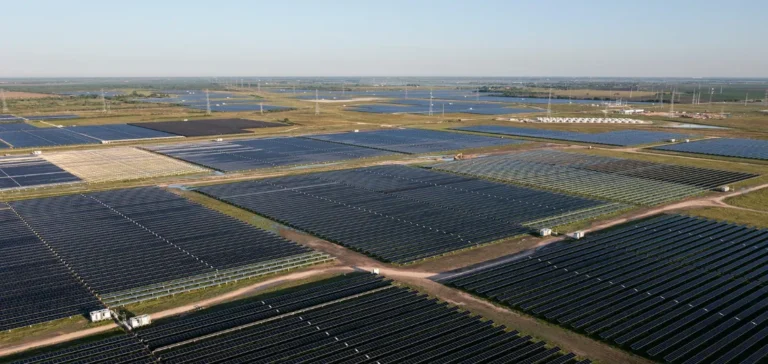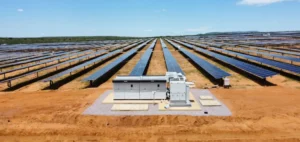Shares of U.S. solar companies posted significant gains following the release of new tax guidance by the United States Department of the Treasury, which was seen as less restrictive than anticipated. Announced late Friday, the changes redefine the criteria for a renewable energy project to be considered “under construction,” a key requirement for receiving federal tax credits worth up to 30% of a project’s cost.
The MAC Global Solar Energy Index, which tracks the leading firms in the sector, rose 4% during Monday trading. Among the top performers were residential solar firm Sunrun, up 9%, and panel manufacturer First Solar, which gained 8.6%. This positive reaction reflects broad investor relief regarding the actual scope of the new obligations introduced under the Trump administration.
Physical Progress Over Financial Commitments
The updated rules now require that developers of large-scale solar and wind projects show physical progress on-site rather than just financial investment. While some companies voiced concern as early as Friday, several analysts and asset managers believe the changes are more moderate than initially feared.
According to Raymond James analyst Pavel Molchanov, the regulatory adjustment creates “some complications” but remains “manageable” for project operators. The Treasury maintained the four-year window for project completion, provided construction begins before the tax credit deadline.
Adjusted Framework with Incentives Intact
The One Big Beautiful Bill Act mandates that projects must begin construction before July next year or enter into service by the end of 2027 to qualify for the 30% tax credit. Under the previous law, these incentives were valid through 2032, making this revision more restrictive over the medium term. However, the absence of immediate tightening was welcomed by the markets.
The tax incentives may also include additional bonuses depending on project-specific characteristics. Some investors had feared a stricter definition of the construction phase would require higher upfront capital or shorter timeframes. By maintaining flexibility on these aspects, the U.S. Treasury appears to have opted for a pragmatic stance likely to support the continued pace of private sector investment in the industry.






















